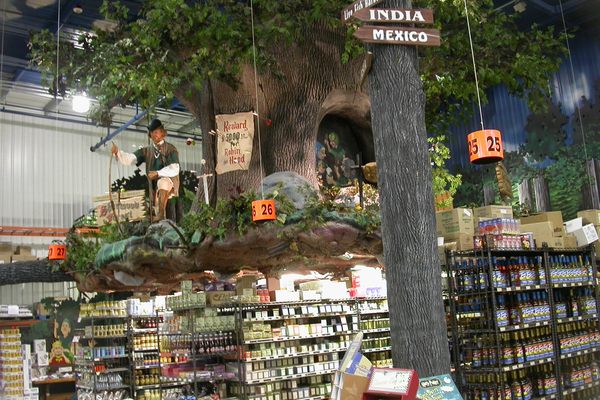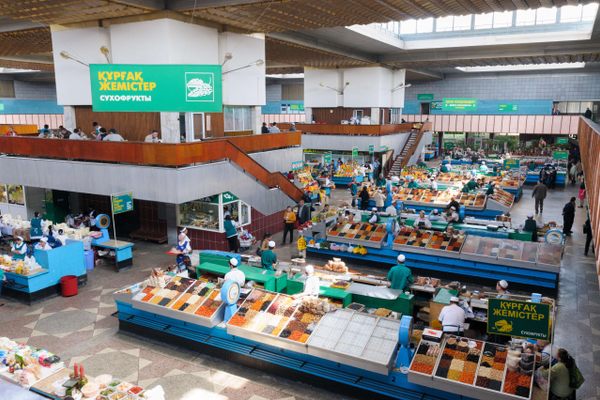About
Before it became a 21st-century battleground, Aleppo’s historic Old Quarter embraced the world’s longest and oldest network of souks—Arabic for covered markets. There were 45 in all, dating back to medieval times and forming a 13-kilometer labyrinth where Syrians and foreigners came to shop, work, and socialize.
Between 2012 and 2016, government and rebel forces fought for control of Aleppo, which was then Syria’s biggest city. By the time government troops regained control of the Old Quarter, almost all the souks and all but a hundred of their 1,600 shops had been damaged or destroyed—demolished by explosives, pitted by shrapnel, and charred by fire.
Syrian authorities and foreign heritage organizations aim to bring the Old Quarter back to life by rebuilding the souk network bit by bit. One of the first sections to be restored is the Saqatiya souk, a 100-meter cobblestone alley containing 53 shops. Saqatiya means a seller of meat offcuts, and under the souk's arched roof, vendors once again shout their wares, including fresh meat, nuts, sweets, clothing, and toiletries.
Al-Saqatiya, sometimes spelled al Saqatiyah, re-opened in 2019 and is a short stroll from the 11th-century Great Mosque, Aleppo’s war-damaged spiritual heart. Reconstruction of the souk cost $400,000 and took about eight months, the Associated Press reported. The project employed about 60 workers and was funded and supervised by the Geneva-based Aga Khan Trust for Culture, which promotes the restoration of historic sites as a catalyst for social and economic development. Syrian architect Bassel al-Daher said about 30 percent of Saqatiya was damaged in the war. He told AFP that its reconstruction was “the project of a lifetime.”
Aleppo’s location, midway between the Mediterranean Sea to the west and the Euphrates River to the east, put it at the center of international trade for millennia. Long-distance caravan trains brought Persian silks, Indian pepper, and other valuable cargoes to the city. Products found their way west by way of European merchants who lived in Aleppo from at least the 16th century. They tapped into a multi-ethnic and multi-faith commercial network that stretched as far as China.
Related Tags
Know Before You Go
We currently recommend against travel to Syria. The U.S. State Department has issued a "Do Not Travel" advisory for the entire country, citing ongoing risks such as "terrorism, civil unrest, kidnapping, and armed conflict." Few international hotels are operating in Aleppo, and power rationing is in effect. The badly damaged Old Quarter is in the early stages of reconstruction, and largely deserted.
Published
December 9, 2019























